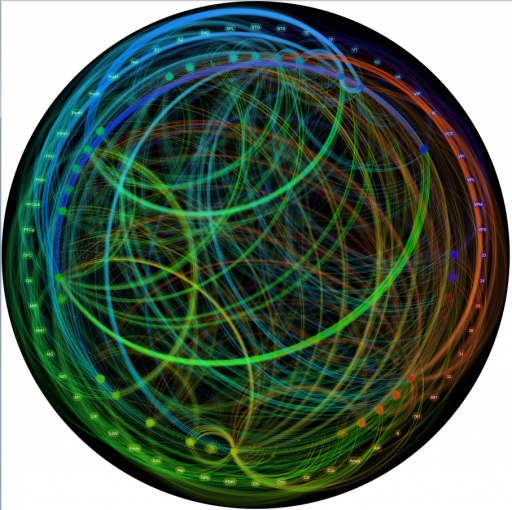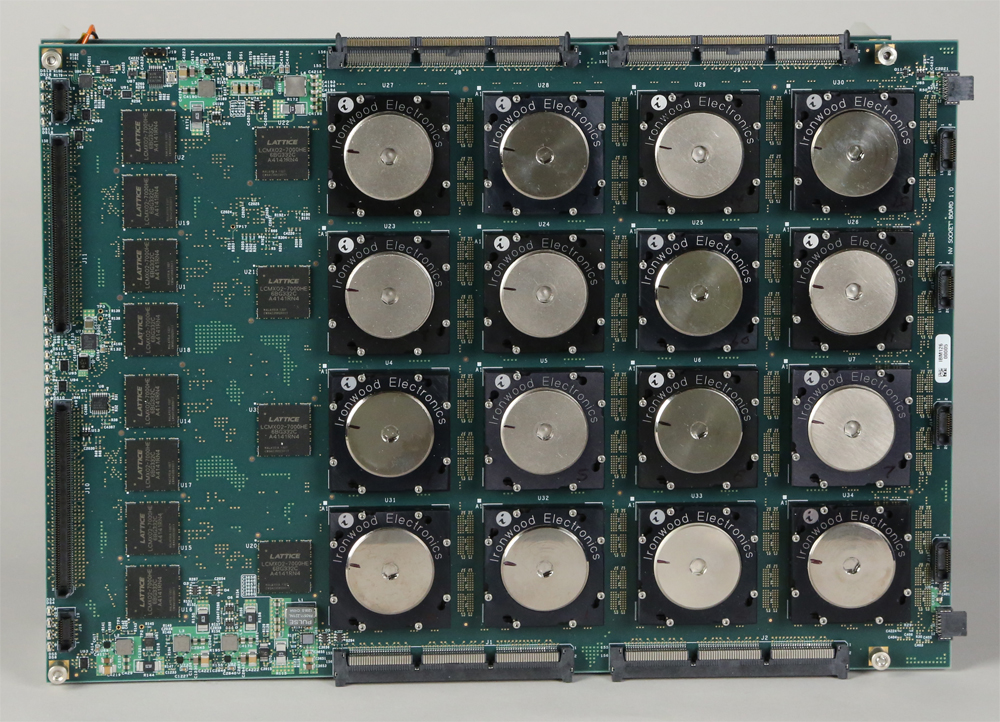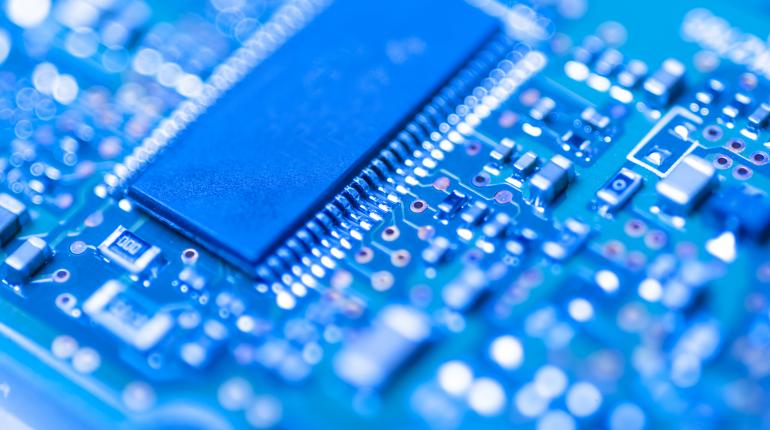A team of researchers for IBM have created a new computer chip, one whose thinking is a little…unorthodox. For a computer, anyway: rather than constructing the chip in the classical method, the team created it to mimic the processing power, and thought process, of the good old human brain.

The new chip, called the “TrueNorth” chip, is roughly the size of a postage stamp, and comes equipped with 5.4 billion transistors—which are capable of stimulating 1 million neurons and 256 million neural synapses. One individual chip can mimic the processing power of a human brain, but the chips can also be linked together, like our own neural links, in order to perform more complex tasks.
The TrueNorth is capable of performing what would normally be very difficult tasks for a traditional computer chip with much less energy, like identifying a person or an object in an image. The research team tested the chip’s capabilities with an image-recognition test, where TrueNorth had to correctly identify people, cars, and other objects in a photo.

Study leader Dharmendra Modha, who is also the lead researcher for the cognitive computing group based at IBM’s Research Almaden, said on Live Science to “think of a classical computer as a left-brained machine,” meaning it’s fast and efficient at crunching numerical and sequential data. The TrueNorth, by contrast, is the “counterpart, right-brain machine.”
Unlike “left-brain” computer chips, the TrueNorth is not composed of separate processing, control, and memory units, but from over 4,000 separate computing cores that each contain 256 input lines—which act similar to the axons or cable-like structure in our own brains, that transmit electrical signals. Like our own brains, TrueNorth’s axons only send signals when electrical charges move past a certain point.

Modha was so confident in the construction of the chip that he offered $1,000 bottle of champagne to any member of his team who could find a bug. Nobody received the champagne, which must have made DARPA happy after the years of work—not to mention the $53.5 million—they put into the project.
If computers could function closer to the way our brains do, they could be trained to respond better to their surroundings, or react to data in a less structured way. TrueNorth is a good leap forward, but as the human brain has about 86 trillion, with a T, neurons and 100 trillion synapses, there’s still progress to be made.
Source Discovery
Advertisement





